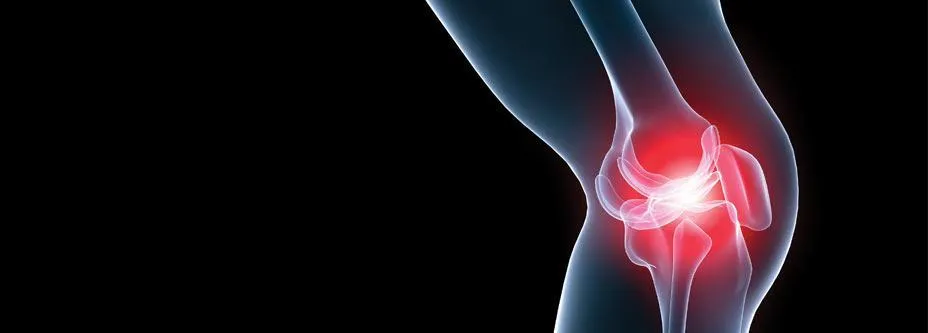What is the purpose of this ultrasound scan?
The purpose of this knee ultrasound scan is to provide an assessment of the major musculoskeletal structures in the knee joint. They include:
- Quadriceps tendon
- Patellar tendon
- Bursa
- Biceps femoris
- Anterior cruciate ligament
- Medial collateral ligament
- Lateral collateral ligament
- Posterior cruciate ligament
Reasons for having a knee scan include:
- Pain
- Reduced Movement
- Tumours & Cancers
- Discomfort
- Inflammation
- Patellar tendinosis
- Patellar tendon tear
- Quadriceps tendon tear
- Prepatellar bursitis
- Infrapatellar bursitis
- A popliteal cyst (Baker cyst)
- Fractured kneecap
- Torn meniscus
- Torn ligament
- Torn hamstring muscle
- Gout (a form of arthritis)
What is included with this knee ultrasound scan?
- Ultrasound report and, if needed, a follow-up recommendation.
Preparation
No preparation is necessary for this knee ultrasound scan.
What should I expect during the ultrasound scan?
Before the scan, our sonographer will explain the examination procedure. You will be asked to expose your knee and lie on the bed. A small amount of gel will be placed on your knee and the ultrasound probe will be moved in different directions. You may also be asked to move your knee during the scanning so that the sonographer can look at the affected area while it is in motion.
During and after the examination, our sonographer will explain the findings and an ultrasound report will be issued to take away with you.
About Musculoskeletal (MSK) Ultrasound
In skilled hands, ultrasound is an excellent imaging tool for the assessment of joint conditions.
Ultrasound examination of the musculoskeletal system (MSK) provides information about the muscles, tendons, ligaments, joints and soft tissue in the body.
An ultrasound scan will help in the diagnosis of tendon tears, such as tears of the rotator cuff in the shoulder or Achilles tendon in the ankle, abnormalities of the muscles, such as tears and soft-tissue masses, bleeding or other fluid collections within the muscles or damage to the major joints for common problems such as arthritis, tendinitis, bursitis, fluid in the joints, carpal tunnel syndrome etc..
Ultrasound is often particularly advantageous over other imaging modalities such as MRI because the operator can dynamically assess the joint whilst performing the scan.
In addition, ultrasound is cheaper than MRI, completely safe, quicker to perform and has no contradictions such as claustrophobia or containing metal in the body (sometimes you cannot perform an MRI scan if the patient has a history of metal in the body, such as after certain surgical procedures).
An MSK ultrasound scan will help in the diagnosis of tendon tears, such as tears of the rotator cuff in the shoulder or Achilles tendon in the ankle, abnormalities of the muscles, such as tears and soft-tissue masses, bleeding or other fluid collections within the muscles or damage to the major joints
Price: £164.00 (£235 for both knees)















